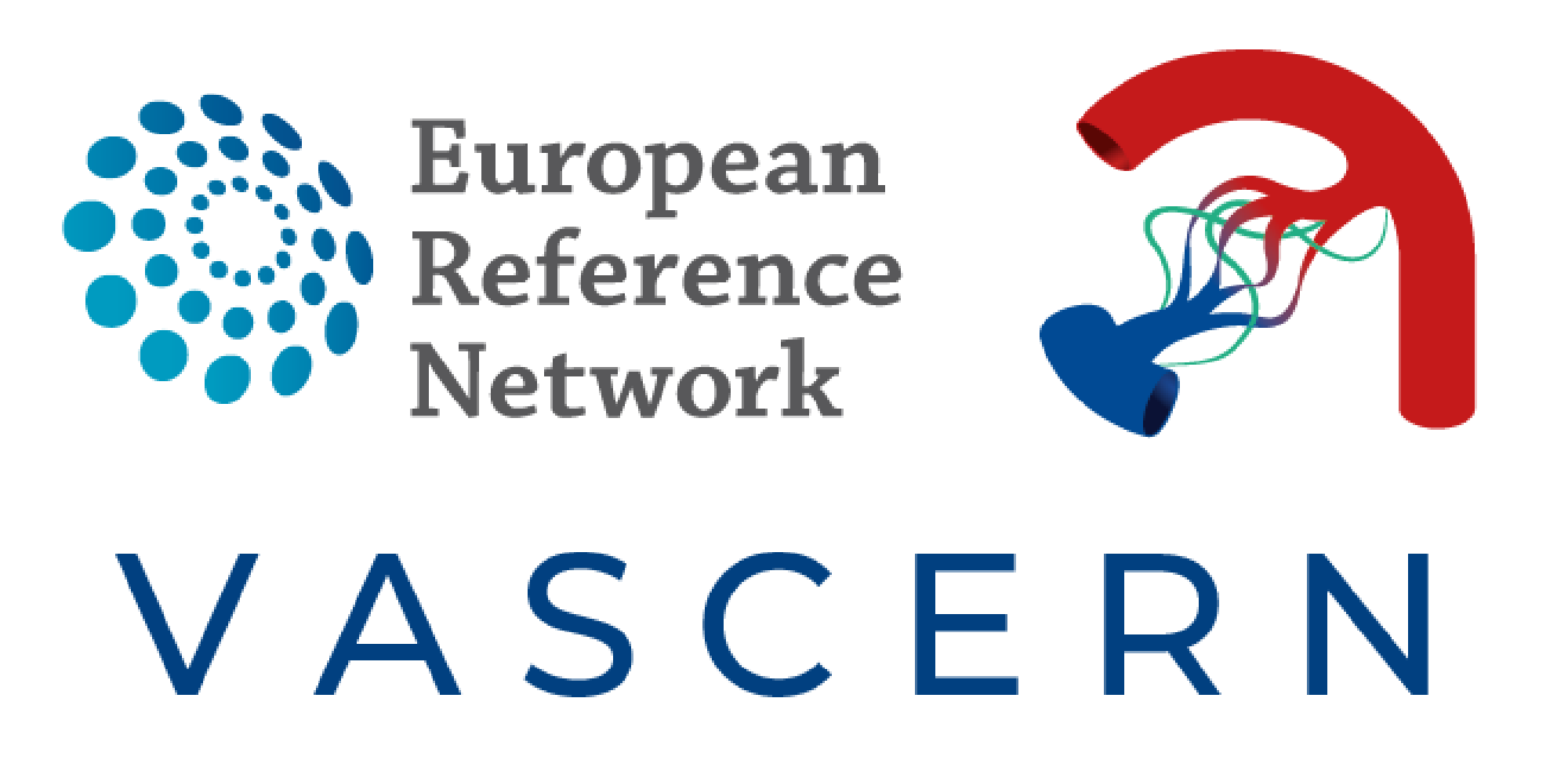Reaching for a tissue after a sudden nosebleed feels ordinary. For people with Hereditary Haemorrhagic Telangiectasia (HHT), it can be the earliest and sometimes only warning sign of a genetic vascular disorder that silently threatens vital organs.
23 June 2025 marks World Hereditary Haemorrhagic Telangiectasia (HHT) Day, a global day of awareness for this often-overlooked rare disease that affects approximately 1 in 5,000 people worldwide. Now in its ninth year, World HHT Day is recognised internationally and unites patients, healthcare professionals, and the public to raise awareness, promote early diagnosis, and ensure better care for those living with HHT.

What is HHT?
Hereditary Haemorrhagic Telangiectasia (HHT)—also known as Osler-Weber-Rendu syndrome—is a genetic condition that affects the blood vessels. It causes arteriovenous malformations (AVMs), which are fragile connections between arteries and veins that can form in the nose, skin, lungs, liver, brain, and other organs.
Common signs include:
- Frequent nosebleeds (often the first and most visible sign)
- Small red or purple spots (telangiectasias) on lips, tongue, or hands
- Breathlessness due to lung AVMs
- Fatigue or anaemia from blood loss
- Headaches or seizures from brain AVMs (less common)
HHT is inherited in families and can vary in severity. Without diagnosis and appropriate management, it can lead to serious complications. Yet with the right care, most people with HHT can lead full and active lives.
Why does World HHT Day matter?
Many people with HHT go undiagnosed or are misdiagnosed for years—sometimes decades. Nosebleeds may be dismissed as minor, and internal AVMs often remain silent until complications occur.
World HHT Day plays a vital role in:
- Raising public awareness of the signs of HHT
- Helping patients seek timely diagnosis and support
- Equipping clinicians with clear guidance and tools
- Promoting cross-border collaboration through expert networks like VASCERN
This day encourages everyone—from family doctors to policymakers—to recognise HHT as a priority for rare disease care.

VASCERN’s work in HHT
VASCERN brings together leading medical centres and specialists across Europe to improve the diagnosis and treatment of rare vascular conditions like HHT. Our HHT Working Group (HHT-WG) includes doctors, researchers, and patient advocates who collaborate to share knowledge, develop tools, and support affected individuals.
Their focus is not only on high-quality medical care, but also on empowering patients and families through education and shared decision-making.
Resources available from VASCERN
These free resources are tailored for both healthcare providers and patients:
Do’s & Don’ts Factsheets
Clear, concise guidance on living with HHT, including how to manage everyday situations. Available in multiple languages.
- Managing Epistaxis (Nosebleeds): Practical steps for handling nosebleeds safely, from acute care to prevention.
→ Access the factsheet - Long Flights with HHT: Travel tips to stay safe and comfortable during air travel, including hydration, mobility, and nosebleed preparedness.
→ Access the factsheet
Patient Pathway
A step-by-step outline of the ideal care journey—from the first symptoms to long-term follow-up. Helps supports clinicians in providing consistent care.
→ Explore the Patient Pathway
Webinars and Videos
Short, expert-led sessions that explain how HHT is diagnosed and treated, including practical tips on managing symptoms. Great for learning at your own pace.
→ Watch VASCERN Webinars
E-Learning Course
An interactive online course designed for healthcare professionals, covering key aspects of HHT diagnosis, treatment, and long-term care. Includes quizzes and a certificate of completion.
→ Start the course
Patient Advocacy (ePAG)
Trained patient advocates from across Europe help shape the direction of VASCERN’s work and support national HHT groups.
→ Meet the ePAG Representatives
How you can take part in World HHT Day 2025
- Raise awareness: Share an HHT fact or your personal story using #WorldHHTDay2025
- Start conversations: Talk to your family, friends, or doctor about the signs of HHT
- Wear red and blue: The HHT awareness colours
- Learn more: Take 10 minutes today to read VASCERN’s factsheets or watch a short video
- Support advocacy: Follow your national HHT organisation or participate in a local event
Even a small action can help someone find answers, get diagnosed, or access expert care.
On World HHT Day 2025, let’s recognise the progress made—and the work that continues.
With better awareness, earlier diagnosis, and coordinated care supported by networks like VASCERN, we move toward a future where no one with HHT is left behind. Whether you are a patient, caregiver, clinician, or concerned citizen—your voice matters in this global effort.
→ Learn more and access all resources at:
https://vascern.eu/group/hereditary-hemorrhagic-telangiectasia-2/

